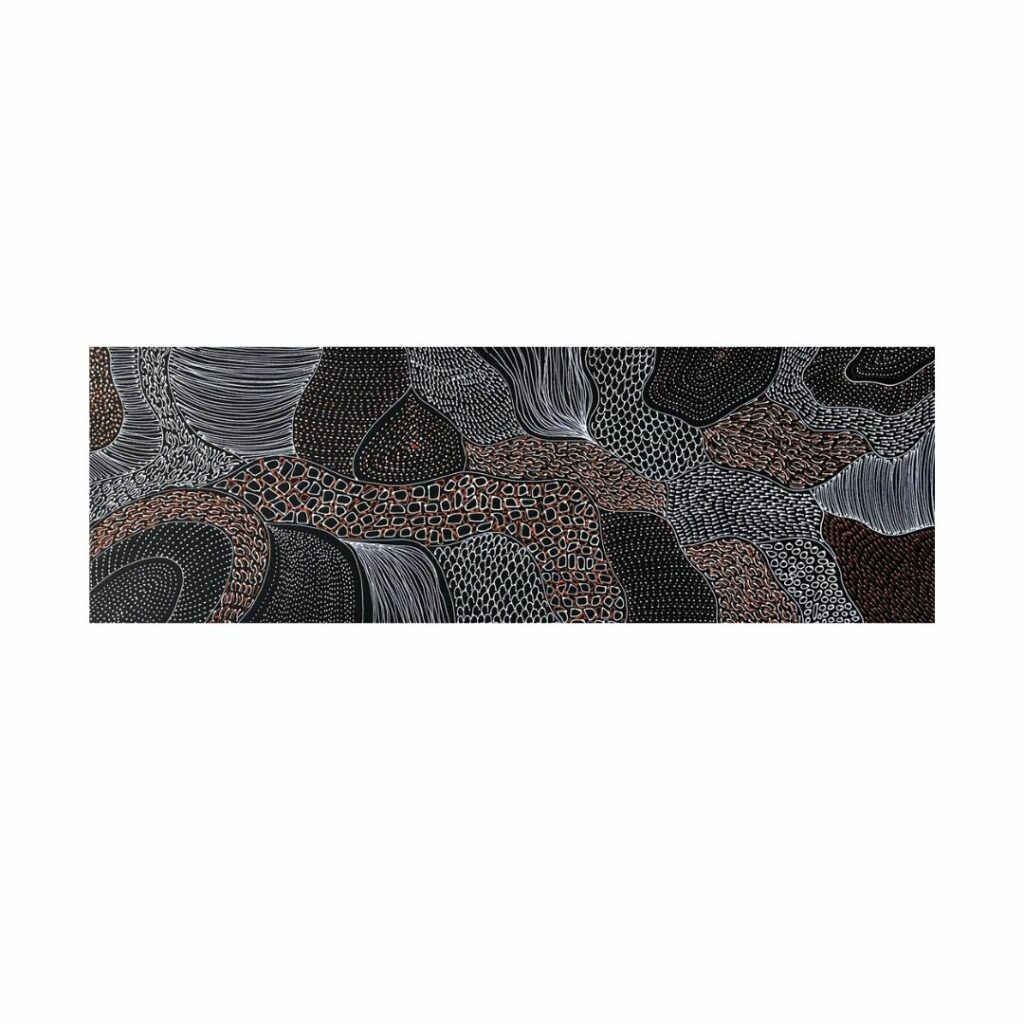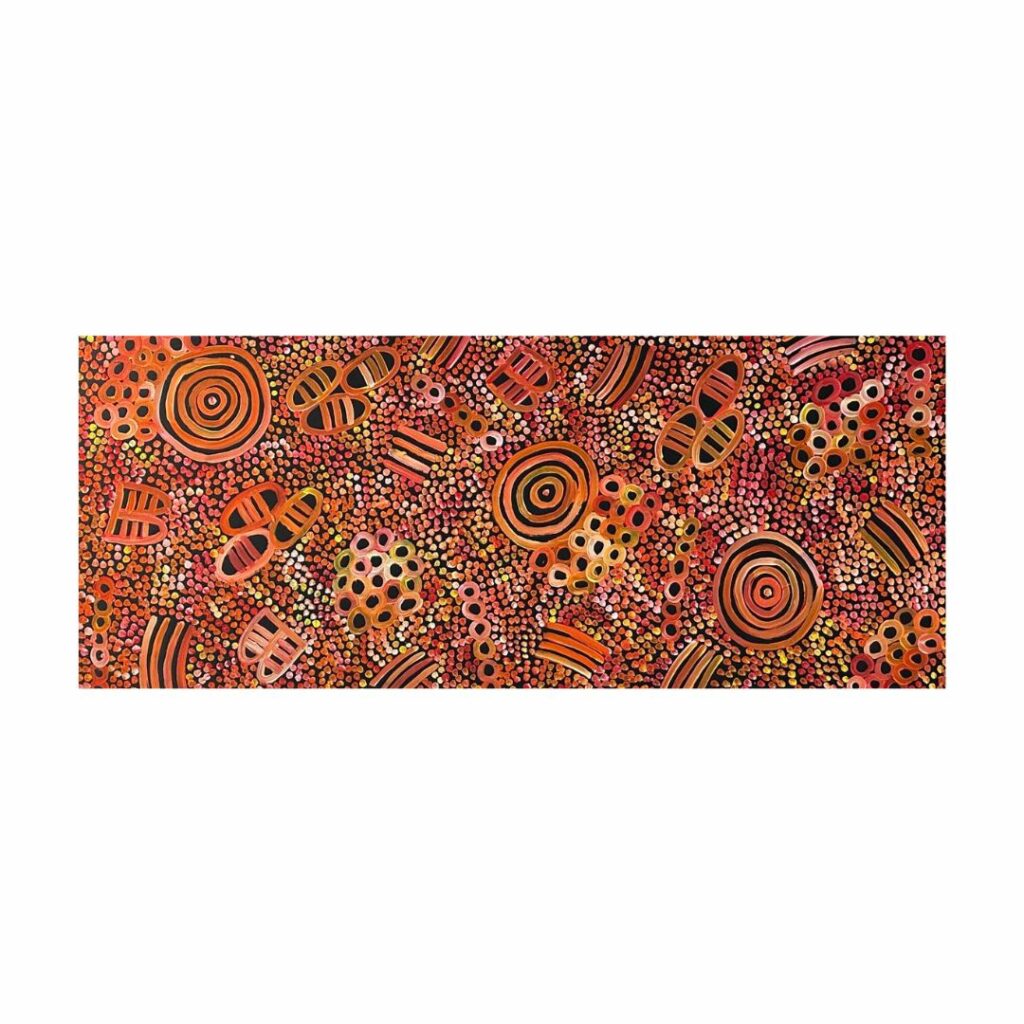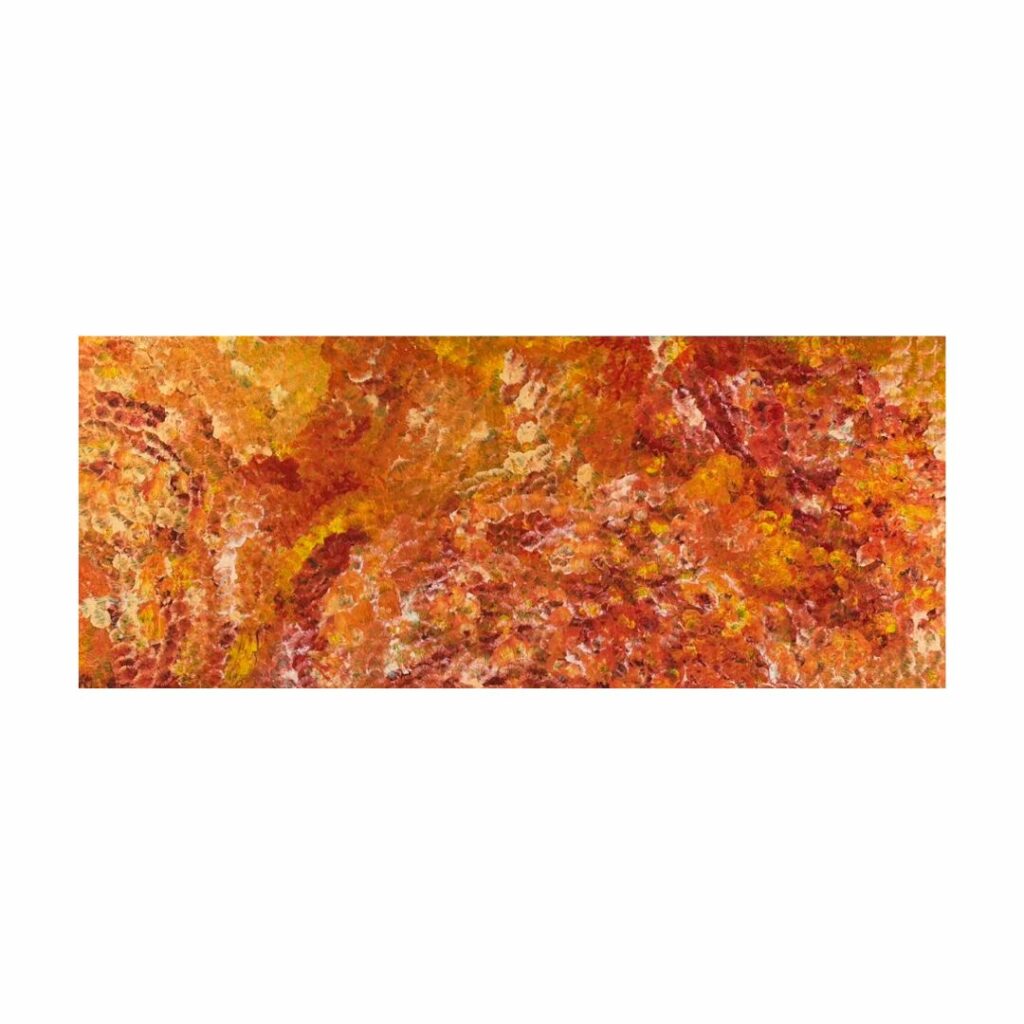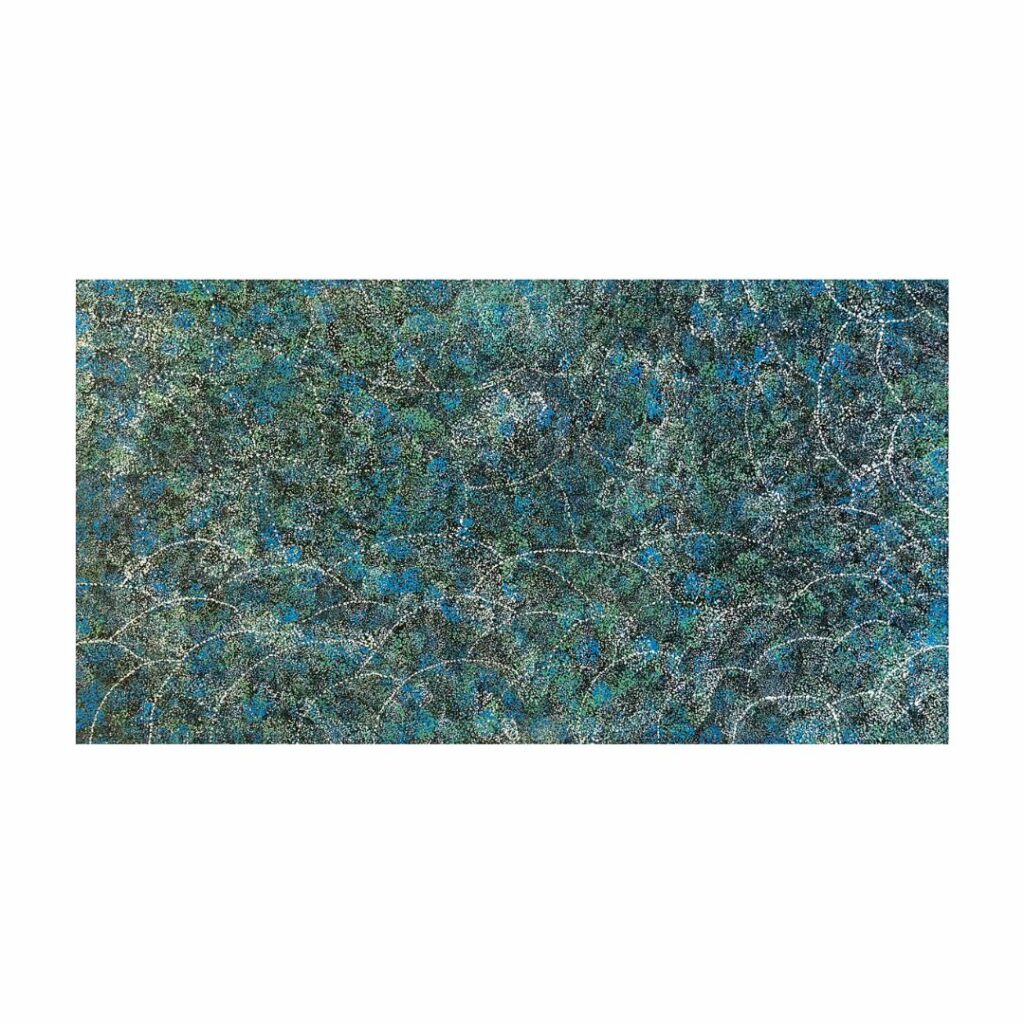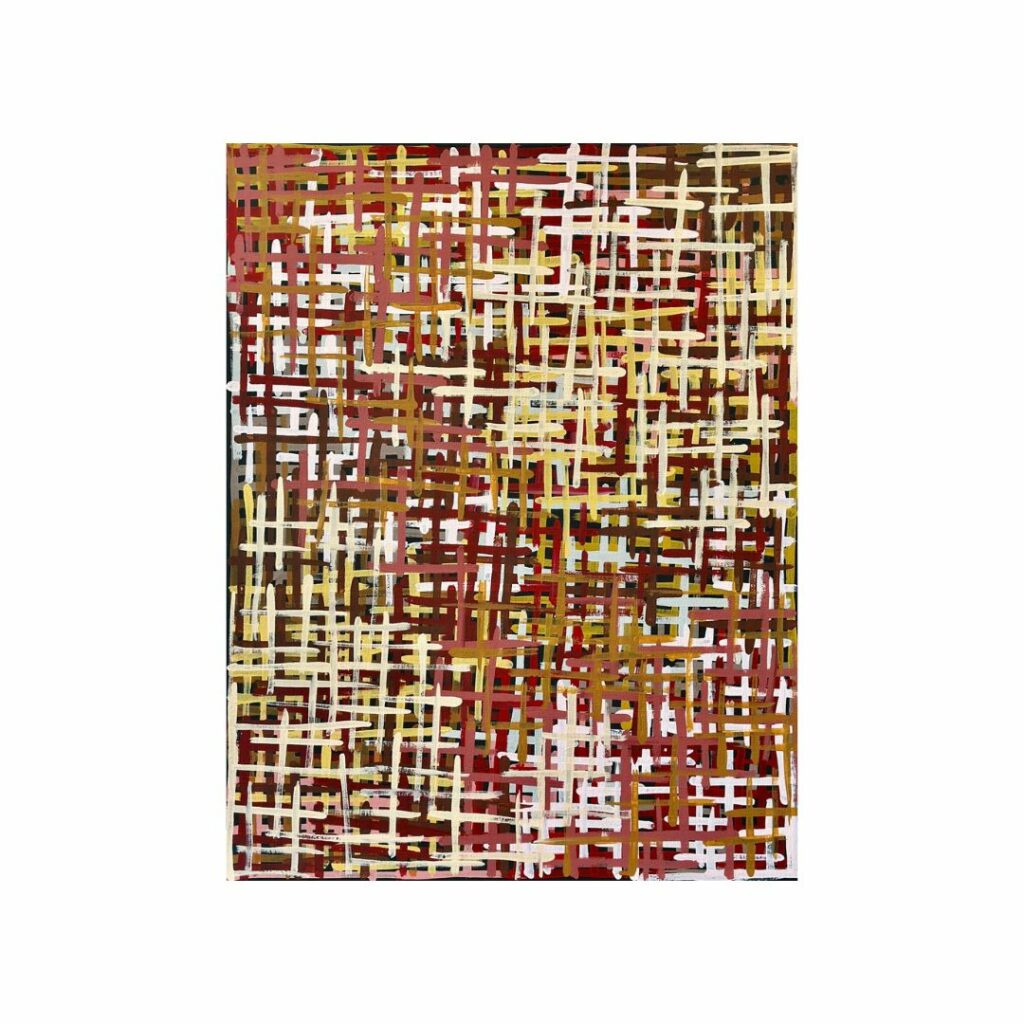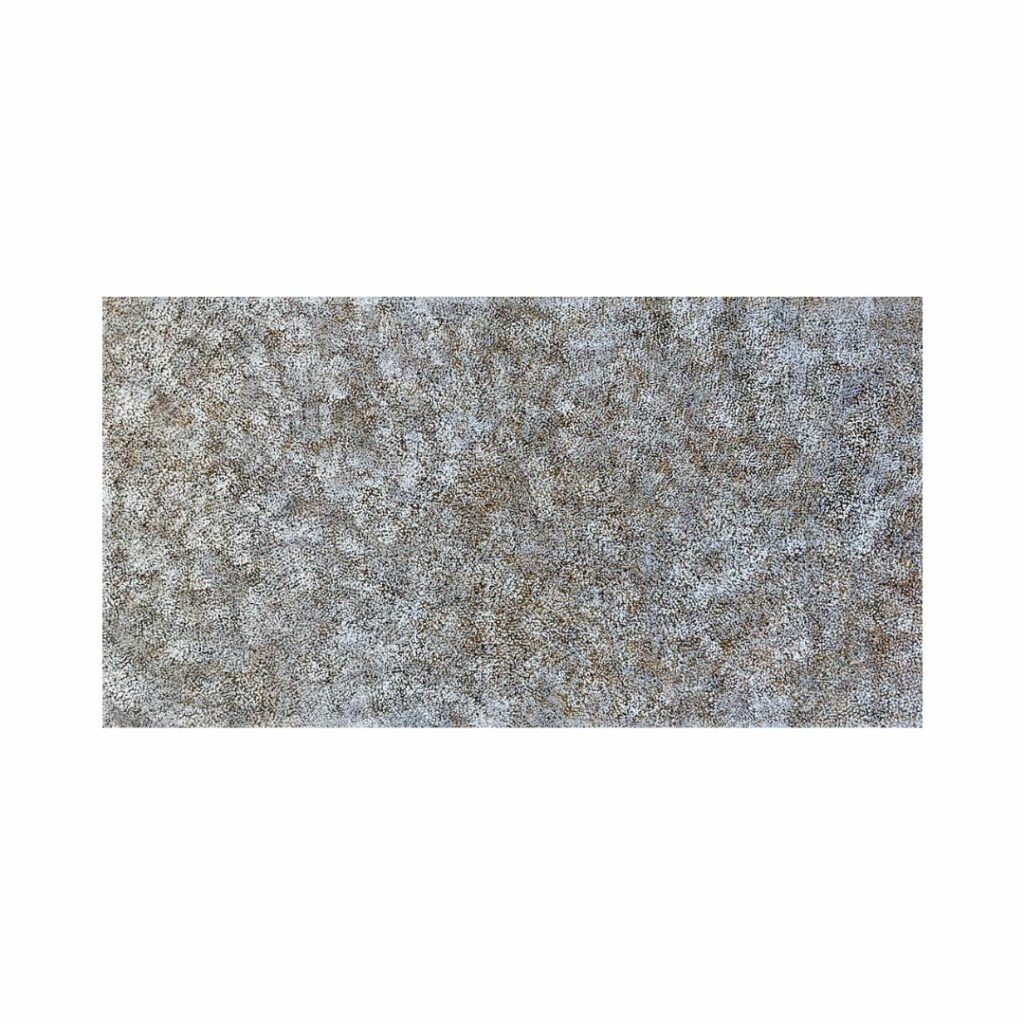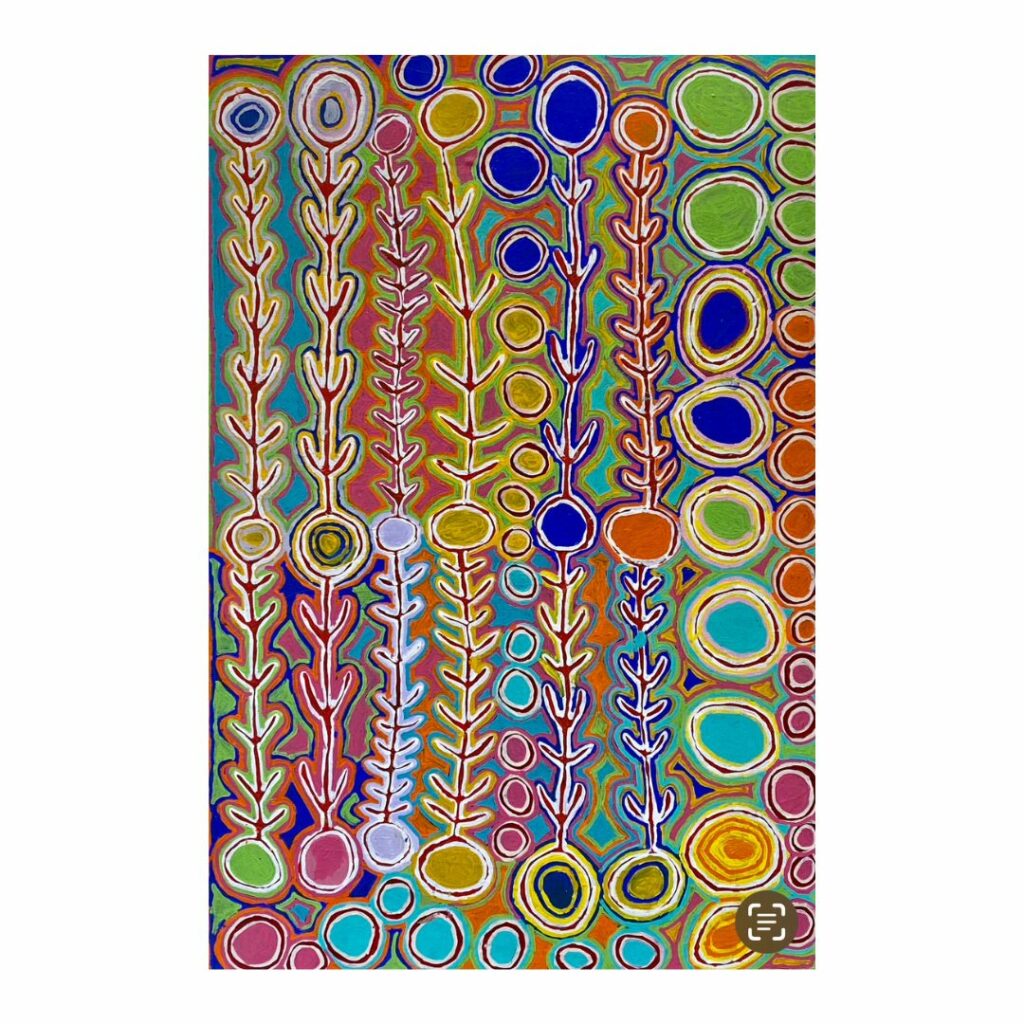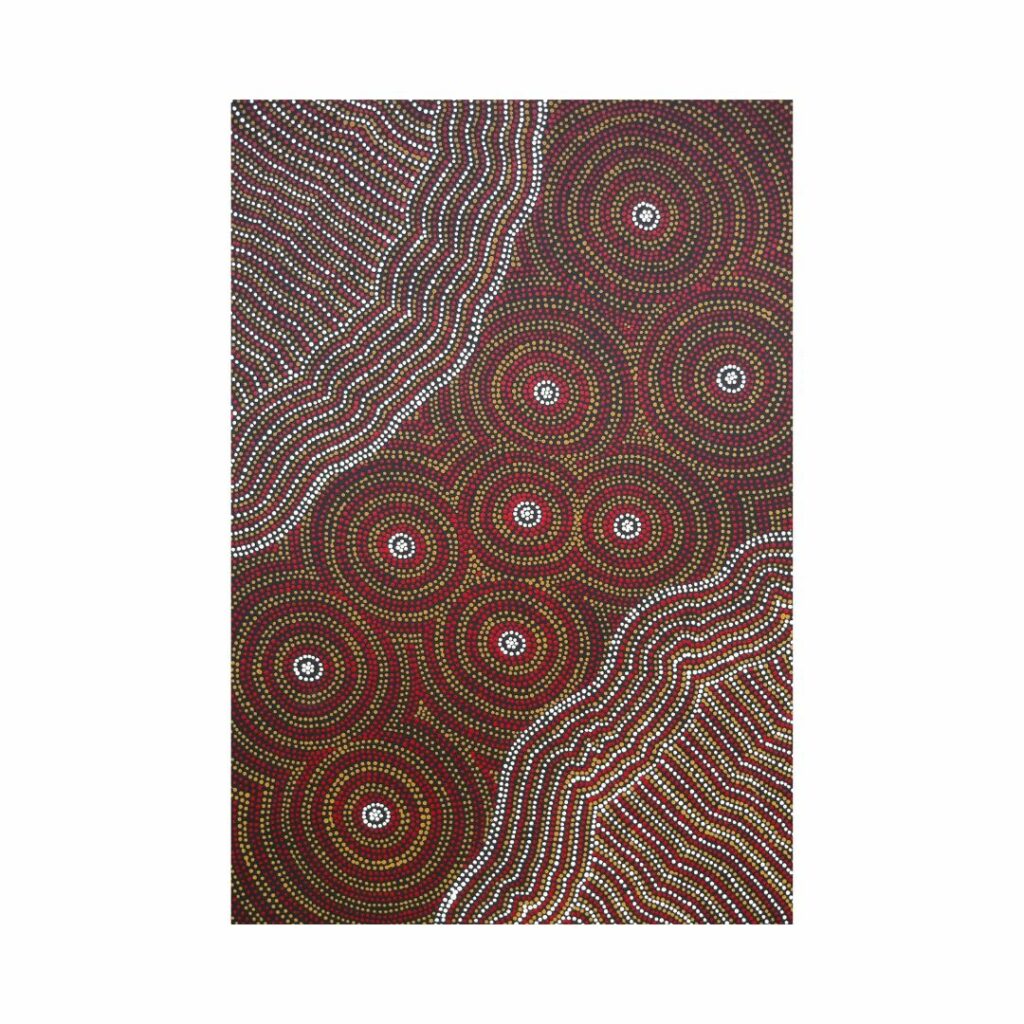Aboriginal Art
Contemporary Aboriginal art is a vibrant and dynamic expression of the rich cultural heritage of Indigenous Australians. It encompasses a diverse range of artistic practices, including painting, sculpture, printmaking, photography, and new media. This art form has gained widespread recognition and significance both within Australia and on the global stage, serving as a powerful means of preserving cultural traditions, asserting Indigenous identity, and fostering cross-cultural understanding.
For thousands of years, Aboriginal peoples have been creating art as a way to convey their deep spiritual connection to the land, their ancestral stories, and their profound cultural knowledge. Traditional art forms such as rock paintings, bark paintings, and sand drawings have long served as visual narratives, passing down the sacred and historical stories of their communities from one generation to another. These artworks were not merely decorative but held immense cultural and spiritual significance, embodying the essence of Aboriginal belief systems and providing a means for communication and education.
In the latter half of the 20th century, Aboriginal art underwent a transformative evolution with the emergence of the contemporary Aboriginal art movement. This movement began in the 1970s and gained momentum in the 1980s when Aboriginal artists started to experiment with new materials and techniques, incorporating modern elements into their traditional practices. This fusion of traditional and contemporary influences resulted in a unique and groundbreaking art form that captured the attention of art enthusiasts and collectors worldwide.
Contemporary Aboriginal art is characterized by its diversity and individuality, with artists drawing inspiration from their ancestral stories, Dreamtime mythology, and personal experiences. Each artwork tells a story and carries deep cultural symbolism, often depicting landscapes, animals, ancestral beings, and intricate patterns that reflect the interconnectedness of the natural and spiritual realms. The use of vibrant colors, intricate dotting techniques, and bold brushstrokes creates visually striking compositions that captivate viewers and convey a sense of profound spirituality.
The significance of contemporary Aboriginal art extends beyond its aesthetic appeal. It serves as a vehicle for cultural maintenance and revival, allowing Indigenous artists to assert their identity and reclaim their cultural heritage. Through their artworks, Aboriginal artists challenge misconceptions, promote cultural understanding, and confront social and political issues affecting their communities. The art becomes a platform for voicing their concerns, asserting their rights, and raising awareness about the ongoing struggles and triumphs of Indigenous peoples.
Moreover, contemporary Aboriginal art has played a pivotal role in empowering Indigenous communities economically and socially. The growth of the art market and the increasing demand for Aboriginal artworks have provided economic opportunities for artists, enabling them to support themselves and their communities. Art centers and cooperatives have been established in remote areas, creating employment, fostering skills development, and generating income through the sale of artworks. This economic empowerment has helped in preserving cultural practices and providing a sustainable future for Indigenous artists.
In conclusion, contemporary Aboriginal art is a testament to the resilience, creativity, and cultural heritage of Indigenous Australians. It is a powerful medium through which Aboriginal artists express their connection to the land, their stories, and their identity. This art form not only captivates with its beauty but also serves as a catalyst for cultural preservation, cross-cultural dialogue, and Indigenous empowerment. Its importance lies in its ability to transcend boundaries, educate, and promote a deeper understanding of the world’s oldest living culture.
Freda Price, Untitled
Acrylic On Canvas 68 x 199 cm Accompanied by a certificate of authenticity
Rebecca Jones, Women Ceremony
Acrylic On Canvas 88 x 199 cm Accompanied by a certificate of authenticity
Belinda Golder, Bush Plum Dreaming
Acrylic On Canvas 82.5 x 198.5 cm Accompanied by a certificate of authenticity
Gracie Morton (Untitled)
Acrylic On Canvas 108 x 200.5 cm Accompanied by a certificate of authenticity
Adam Reid, Fire Dreaming
Acrylic On Canvas 93 x 73 cm Accompanied by a certificate of authenticity
Katie Rumble, Bush Plum Dreaming
Acrylic On Canvas 77 x 144 cm Accompanied by a certificate of authenticity
Judy Watson Napangardi (c.1925 – 2016), Mina Mina Dreaming
Acrylic On linen 180 x 120 cm Accompanied by a certificate of authenticity Renowned Warlpiri artist Judy Watson Napangardi, born circa 1935 in Yarungkanji, Mt. Doreen Station, Yuendumu, NT, left an indelible mark on the art world. With a career spanning over two decades, she began exhibiting her art in 1990, leaving a lasting legacy…
Kathleen Ngale (c.1930 – 2021), Bush Plum Dreaming 2015
Acrylic On Canvas 120 x 92 cm Accompanied by a certificate of authenticity
